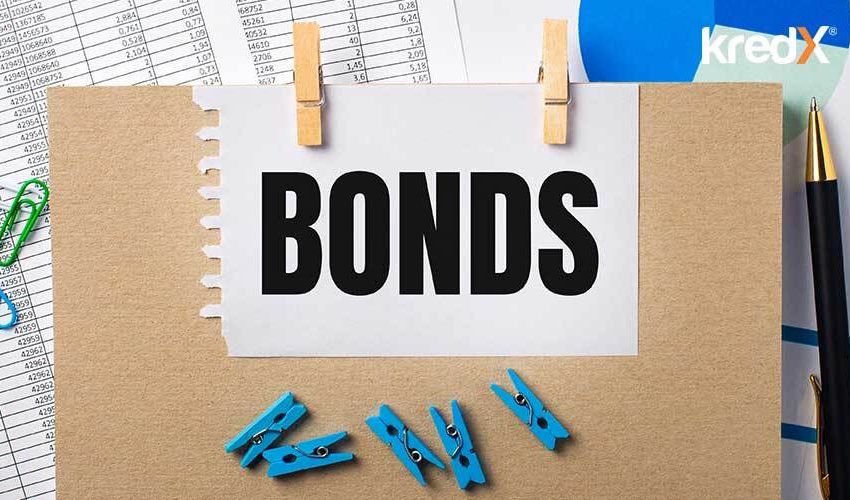
Are High-Yield Bonds Better Investments Than Low-Yield Bonds?
Bonds have been a popular investment for investors for aeons now. Regardless, most investors continue to stagger when it comes to picking one between – high-yield bonds and low-yield bonds.
That’s understandable.
While the former promises higher returns, the latter ensures added security and guaranteed returns. Then again, which of the two is actually a better investment instrument for investors would depend on multiple factors, including their investment requirement and profile.
On that note, let us dive straight into the heart of the topic.
All Bonds Are Not The Same!
A bond is typically a fixed income instrument representing a loan made out to a borrower by an investor. In general, companies, states, municipalities, and sovereign governments use bonds to raise funds and finance their operations and projects.
Since high-yield bonds offer higher returns but with more risk, these companies also pay higher coupons, reflecting the associated uncertainty with debt recovery. An example of high-yield bonds would be the bonds issued by a well-established property developer or a new technology firm.
Different types of bonds will appeal to different people. For instance, someone in their 30s, with a long investment horizon to manage any financial losses, may consider a high-yield bond as the preferred choice. Contrarily, older investors looking for money preservation may favour low-yield or investment-grade bonds, which possess significantly lower risks.
In other words, low-yield bonds are a better choice for investors who want a risk-free asset or wish to hedge their investment portfolio. Alternatively, high-yield bonds are a better choice for investors willing to accept some degree of risk to generate higher returns. The potential risk in such bonds is that the government or company issuing the bonds will default on its debt.
Regardless, the decision to pick a bond should be based on these factors:
- Investment horizon
- Financial goal
- Investment goal
- Risk-taking capability
Based on these, one needs to decide when investing in a high yield bond would prove more beneficial for his/her investment goal or not. Similarly, the same factors will help analyse whether earnings should be prioritised over security or vice versa.
How Are Bonds Classified?
Credit rating agencies carry out detailed research to analyse the risks associated with bonds. Agencies entrusted with the authority to screen bonds decide the risk level accompanying them and grade them accordingly.
For instance, authoritative agencies such as Standard and Poor’s (S&P), Moody’s and Fitch play a proactive role in grading bonds and categorising them as – high and low-yield.
In most cases, credit rating depends on the risk amount attached to the repayment capital. The ratings generally contain letters like “BB”, or “AAA”, or “C”. These letters are also accompanied with a “+”, or “-”sign, which provides further differentiation.
The dividing line here is that bonds with credit ratings of at least “BBB” are rated as investment-grade bonds. Meanwhile, those below the rating of “BBB” fall under the classification of high-yield bonds.
Here are a few noteworthy points that one should remember:
- S&P ratings provide the highest bond rating of AAA, and the lowest is CCC. A D rating means that the bond is in default. Also, bonds possessing a BB rating or lower are considered speculative bonds or low-grade junk bonds.
- Moody rates bonds from Aaa to C. Here, C indicates default. Bonds featuring a rating Baa or lower are junk or low-grade.
- Fitch provides ratings from AA+ to C. Anything falling under BB- is said to be highly speculative.
Here’s a tabular representation of bond ratings and their meaning.
| Grade | Risk | Moody’s | S&P’s |
| Investment/ Low-yield | Lowest | Aaa | AAA |
| Investment/ Low-yield | Low | Aa | AA |
| Investment/ Low-yield | Low | A | A |
| Investment/ Low-yield | Medium | Baa | BBB |
| Junk/ High-yield | High | Ba, B | BB, B |
| Junk/ High-yield | Highest | Caa/Ca/C | CCC/CC/C |
| Junk/ High-yield | In Default | C | D |
A few institutional investors, such as pension funds, have to measure the bonds they select for their portfolios. They must formulate a difference between investment-grade bonds and high-yield bonds.
It may also be noted that credit ratings are subject to change over time. Hence, investment-grade bonds could become high-yield bonds in due course of time.
Effect Of Interest Rate On Bond Ratings
Generally, bonds with higher durations are more likely sensitive to interest rate changes than bonds with lower durations.
Investors must know that investment-grade bonds have higher durations. This is because most of their total income is received through principal repayment at the time of maturity. Additionally, investment-grade bonds, which are more attractive, are much similar to high-yield bonds.
In the case of high-yield bonds, companies receive most of the payment through coupons, and their maturity is shorter. Hence, when interest rates are on the verge of rising, they are less affected than investment-grade bonds.
However, when interest rates are on the verge of falling, high-yield bond prices are more likely to rise than investment-grade bonds.
Bottom Line
High-yield bonds or junk bonds feature lower credit ratings. There is a higher risk that the issuer will default in the case of high-yield bonds. On the other hand, high-rated bonds are called low-yield bonds or investment-grade bonds. They feature greater security but provide lower yields.
It is up to the investor to choose a bond at their convenience. When invested carefully, bonds are a great medium to generate an income stream. Furthermore, online platforms have managed to simplify the experience of investing in a diverse range of bonds by allowing to carry out the entire process digitally.



